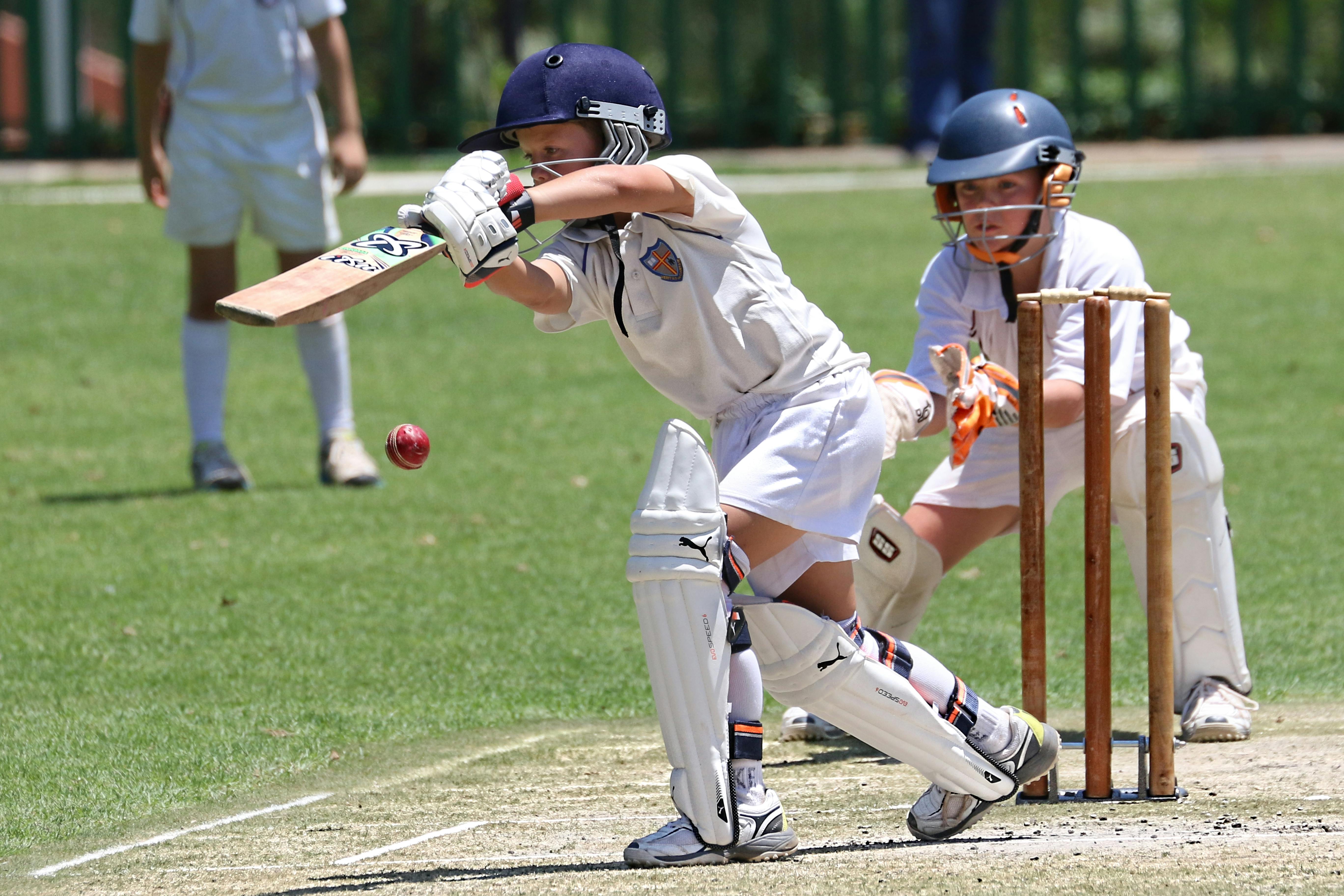Cricket: Players, Matches, Stadiums, and the Sport Explained
Cricket is a bat-and-ball sport played between two teams, widely followed across many countries. It blends individual skill and team strategy, with players specializing as batters, bowlers, or all-rounders. Matches take place in a stadium on a prepared pitch, and formats range from multi-day Tests to short twenty-over contests, each shaping how the game unfolds.

What is the role of a cricket player?
A cricket player typically fills one or more roles: batter, bowler, wicketkeeper, or fielder. Batters aim to score runs by hitting the ball and running between the wickets or by hitting boundaries. Bowlers try to dismiss batters using different deliveries—fast, swing, seam, or spin—while the wicketkeeper and fielders support through catching, stopping runs, and effecting run-outs. Player specialization is common, but many teams value all-rounders who contribute in both batting and bowling.
Beyond these on-field roles, players also take part in tactical planning, conditioning, and mental preparation. Leadership from the captain influences batting order, bowling changes, and field placements, while coaches and support staff help players develop technique, fitness, and match awareness.
How is a cricket match structured?
A cricket match is structured around innings, in which one team bats and the other bowls and fields. Formats determine innings length: Test matches allow two innings per side across up to five days, One-Day Internationals (ODIs) permit 50 overs per side, and Twenty20 (T20) matches allow 20 overs per side. Each over consists of six legal deliveries bowled by a single bowler. The team with more runs at the end of the match wins, subject to specific rules like follow-ons or tie-breakers in limited formats.
Scoring includes runs, boundaries (four or six), extras such as wides and no-balls, and dismissals like bowled, caught, LBW (leg before wicket), stumped, and run-out. Umpires enforce rules and adjudicate appeals, while match officials handle logistics and playing conditions.
How does a stadium affect play?
A cricket stadium, including its pitch and outfield, strongly affects how a match plays out. The pitch—central strip of grass—varies in hardness, moisture, and grass cover; these factors influence bounce and spin, often favoring pace bowlers early on and spinners later in some conditions. Outfield speed, ground dimensions, and boundary sizes determine how easy it is to score boundaries. Weather and overhead conditions also matter: humidity and cloud cover can assist swing bowling, while dry, sunny weather can make the pitch wear differently.
Crowd size and stadium atmosphere can influence player morale and momentum, especially in high-stakes matches. Facilities such as lighting for day-night games, drainage for rain interruptions, and sight screens for batters all contribute to the quality and fairness of play.
What defines cricket as a team sport?
Cricket is inherently a team sport built on coordinated roles and shared strategy. Success depends on collective performance: batters must compile runs, bowlers must take wickets and contain scoring, and fielders must support both through catching and saving runs. Tactical elements—like rotating bowlers, setting field placements, and adjusting batting approach for required run rates—require communication and planning among players and coaching staff.
Teams also manage workload across formats and tours, balancing short-term match tactics with long-term player development. Bench depth, fitness management, and specialized coaching (batting, bowling, fielding, strength and conditioning) are common components of modern team preparation.
How do players and stadiums shape a match?
Players and stadiums interact to produce distinct match dynamics. A bowler skilled in reverse swing may dominate on a hard, abrasive pitch, while a powerful batter could exploit a smaller boundary to accelerate scoring in limited-overs cricket. Pitch and outfield conditions can demand that teams adapt their lineup—selecting extra spinners for a turning track or faster bowlers for a green pitch—so selection strategies are closely tied to stadium characteristics.
Match conditions sometimes prompt strategic shifts during play: captains might declare an innings to give their bowlers time to dismiss the opposition in multi-day cricket, or teams may chase aggressively in T20 matches knowing boundaries are reachable in a particular stadium. The interplay of individual skill, team tactics, and venue specifics is central to how outcomes are decided.
Conclusion
Cricket combines individual technique and collective strategy across varied formats and venues. Players bring specialized skills while stadium conditions and match structure shape tactics and outcomes. Understanding roles, rules, and environmental factors provides a clearer view of why cricket remains a nuanced sport with diverse styles of play and strategic depth.






